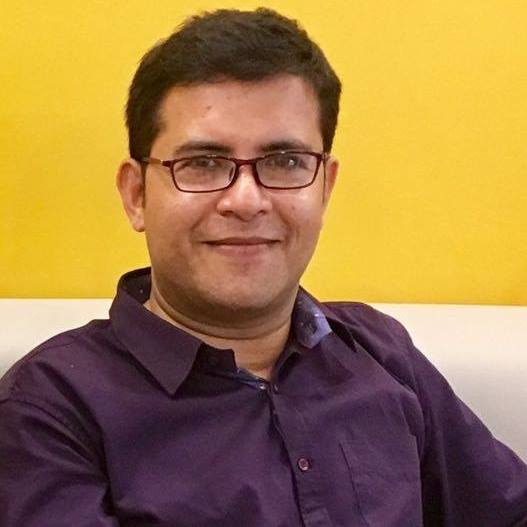With the National elections round the corner, what could be a more powerful affirmation for Political PR! Indeed, it would not be out of order to say so much as Political PR can play a decisive role in the fortunes of politicians, their parties and resultantly in the formation of government.
Politicians all around the world have to be constantly in the spotlight and therefore organically public relations becomes an essential part of political life. In politics, public relations is a strategic communication process used by politicians to build a mutually beneficial relationship with the public. It not only involves news management and media relations but also critical areas such as crisis communication, volunteer relations, issues management, and of course fundraising.
For Politicians their ‘image’ is all important. How the public perceives them can affect the outcome of future elections. That’s why for them it is crucial to always show off their best side and remain in the public eye.
As politicians are constantly in the spotlight, they are more prone to slip-ups and unexpected crises. We have all known cases where the wrong choice of words have landed many a politician in troubled waters. An effective PR intervention helps ease such and any other political crisis.
Political image-building employs an array of communication tactics, spanning from orations and media communiqués to the multifaceted realm of social networking and promotional ventures, all aimed at cultivating a favorable perception among voters.
Whether it involves showcasing a candidate’s proficiencies, policy agendas, or underscoring a party’s fundamental principles, these initiatives strive to garner support, instill confidence, and ultimately sway the electorate by influencing the public sentiment.
In a landscape where appearances hold considerable sway over electoral outcomes, political image-building emerge as indispensable instruments for delineating and fortifying the personas and standing of aspirants for public office.
A prime example of a triumphant political image-building campaign is the 2008 presidential bid of Barack Obama. The rallying cry “Yes We Can,” complemented by a compelling narrative of optimism and transformation, captivated the collective imagination of the American populace. This endeavor not only enhanced Obama’s standing but also breathed new life into the Democratic Party, culminating in his epochal ascension to the presidency as the 44th Commander-in-Chief of the United States.
In India, studying the phenomenon of Brand ‘Modi’ is widely considered to be a Masterclass in PR, political messaging and influencing the target audience. He has been an early adopter of communication technology and effective strategising. Even his critics admit that when it comes to image management and image projection, few can match his vision, planning and charisma.
In the ever-evolving landscape of political public relations (PR), several cutting-edge trends are reshaping the way politicians engage with the public worldwide. The integration of new-age technology and the influx of significant financial resources stand out as transformative forces.
New-age technology has revolutionised political PR, enabling politicians to reach unprecedented numbers of constituents and tailor messages with surgical precision. Some politicians manage their social media independently. However, external agencies are often known to produce better results.
Social media platforms like Twitter, Facebook, and Instagram have become indispensable tools for politicians to disseminate their agendas, connect with voters on a personal level, and mobilise support.
Moreover, emerging technologies such as artificial intelligence (AI), big data analytics, and targeted advertising algorithms are increasingly utilised to micro-target specific demographics, optimise messaging strategies, and even predict voter behavior.
The role of financial resources in political PR has become more pronounced, with campaigns often requiring substantial funding to compete effectively. Money power manifests in financing elaborate advertising campaigns, hiring top-tier PR firms, investing in sophisticated data analytics. Often the ability to outspend opponents can confer a significant advantage, amplifying messages and shaping public perceptions.
All these also raise ethical concerns and challenges. The digital sphere has become a battleground for misinformation and manipulation, Moreover, the dominance of well-funded campaigns can exacerbate inequalities in political representation, marginalising voices from less affluent communities and undermining the democratic process.
As technology evolves and financial dynamics evolve, political actors must navigate these trends with a keen awareness of their potential impacts on democracy, accountability, and the integrity of public discourse. In this rapidly changing environment, the future of political PR will be shaped by the ability to harness technology responsibly, mitigate the influence of money power, and uphold democratic principles.
Bottom line: Political PR is a reality. Some are effectively using it to their advantage while others are squandering it away! Political PR is not for the faint hearted. It is a hugely challenging job to present that someone in the best possible light who would always be having political adversaries out to tarnish the very image she/he is trying to build.
The views and opinions published here belong to the author and do not necessarily reflect the views and opinions of the publisher.



Be the first to comment on "Dynamics of Political PR: Harnessing the all-important ‘image’ of political players"